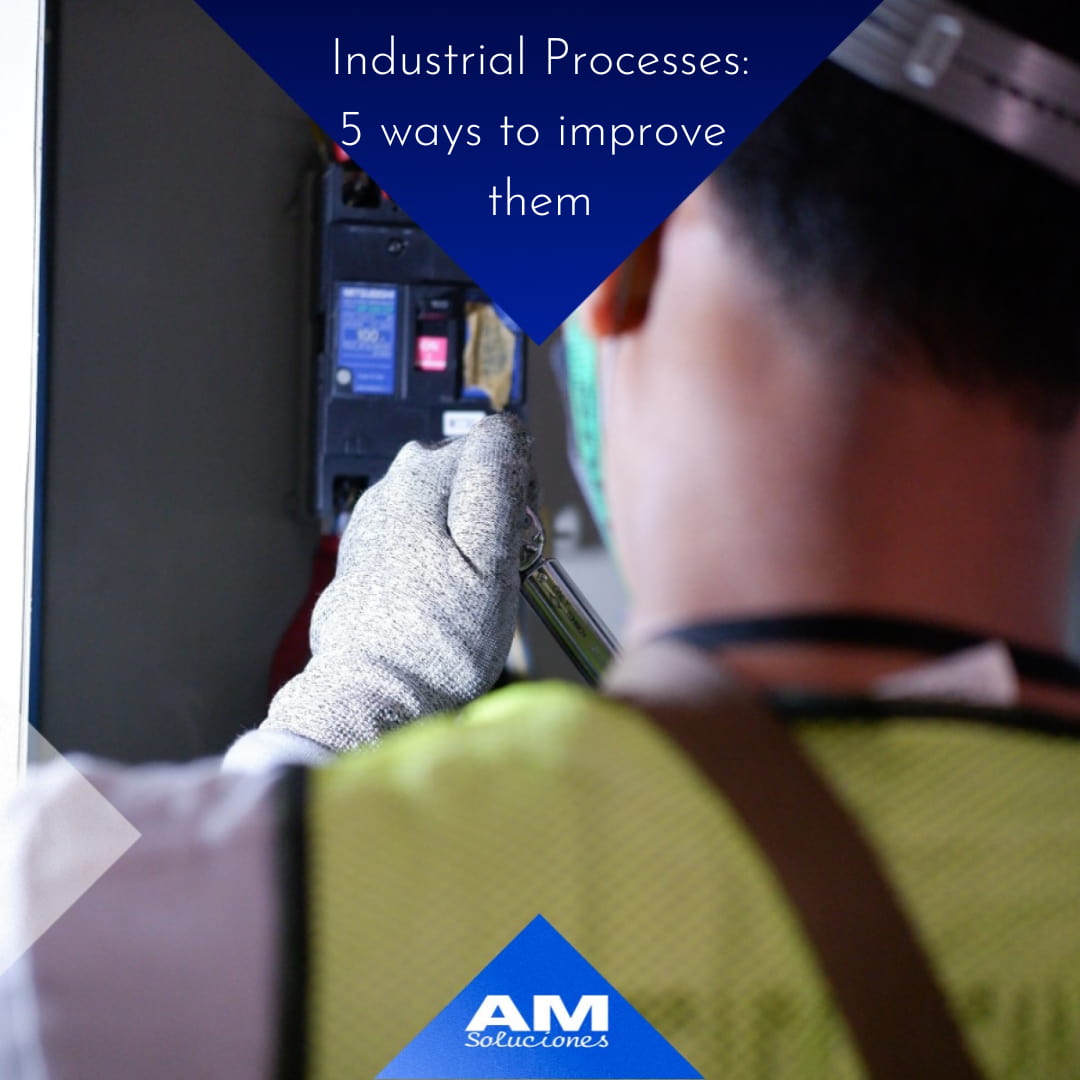
Industrial automation is a tool that can significantly improve the industrial processes of a factory. By using advanced technologies, automation can increase efficiency, improve product quality, reduce costs and improve safety in the factory. In this article we will talk about 5 ways to optimize the industrial processes of a factory.
The first step to improve the industrial processes of an automated factory is to identify the key areas for improvement. The factory may have problems with the accuracy of the measurements, which can affect the quality of the product and increase production costs. There may also be issues with production speed, which can affect the factory's ability to meet delivery schedules. Another key area that can be identified is staff safety.
It is important for the factory to have a systematic approach to identify areas that need improvement and set clear goals for automation. By doing so, the factory can seek specific automation solutions to address issues and improve efficiency, product quality, and personnel safety.
Once the key areas for improvement have been identified, it is important to select the right technology for automation. Automation technologies include robotics, quality control systems, sensors, and monitoring systems. The factory must carefully evaluate each technology to ensure that it suits its needs and budget.
When selecting the right technology for industrial automation, it is important to consider several factors. First, the factory must evaluate the capabilities and features of each technology to ensure that it is tailored to the specific needs of the factory. In addition, it is important to select technologies that are easy to integrate with existing factory processes and that can provide tangible benefits in terms of efficiency, quality, and costs.
Once the right technology has been selected, it is important to integrate it into existing factory processes. This may require changes to the factory layout or existing workflows. Integration must be carefully planned to minimize downtime and ensure a smooth transition to automation.
Careful planning for technology integration is important to minimize downtime and ensure a smooth transition to automation. This includes identifying the tasks to be automated and selecting the appropriate equipment and tools to carry out the automation. It is also essential to ensure that workers are trained in the operation of the technology and feel comfortable working with it.
It is important to train personnel in the operation of new automation technologies. Staff must understand how technology works and how it can improve industrial processes in the factory.
Training must be ongoing to ensure that staff are up to date on new technologies and their use. Training programs must be designed to meet the specific needs of the factory and personnel, and must include both theoretical and practical training.
It is important that training takes place before automation technology is implemented in industrial processes. It is also important that workers have access to training materials, manuals and online resources so that they can review and update their knowledge at any time.
Industrial automation requires continuous monitoring and maintenance to ensure its effectiveness. The factory must implement monitoring and maintenance systems to ensure that the automation technology is working properly. Troubleshooting and repair must be fast and efficient to minimize downtime.
Continuous monitoring and maintenance are important because they guarantee the effectiveness of industrial automation systems. If systems are not regularly monitored, problems can arise that affect factory performance and increase downtime. In addition, regular maintenance helps extend equipment life, reduce repair costs, and improve worker safety.
In conclusion, automation can be a valuable tool to improve efficiency, product quality, reduce costs and improve safety in a factory through different industrial automation solutions. To optimize the industrial processes of a factory, it is important to follow a systematic and planned approach. By following these steps, a factory can achieve the benefits of industrial automation and improve its operations.